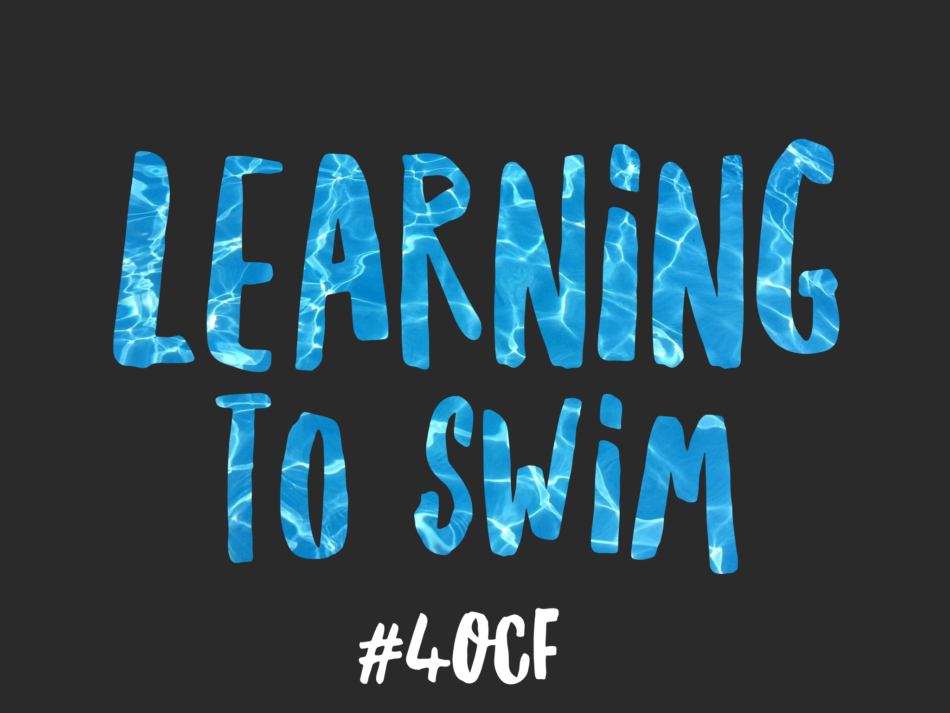Think back to when you were a child and you were learning to swim. Chances are, you learned to swim in one of a few different ways. Maybe you took part in structured swimming lessons with a trained instructor. Maybe you were self-taught in a backyard pool. Or maybe you learned like I did, by being thrown into the deep end by a nefarious cousin.
When you are thrown into the deep end, you quickly figure out how to swim. A person’s natural tendency is to do the doggy paddle. This week, I was swimming with my son, who has yet to take part in formal swim lessons. Being four years old, he vehemently argued against needing any kind of help. His flotation vest and doggy paddle were all he needed to stay afloat in the pool.
As I watched my son manage to stay afloat on his own, I realized the difference between our experiences in learning to swim. I managed to do the doggy paddle in order to quickly adapt to a situation I was unfamiliar with. My doggy paddle was an immediate reaction because of fear of the unknown. I did everything in my power to stay afloat. My son, however, was provided with support (a flotation vest) and allowed to try to swim on his own. His doggy paddle was a gradual acclimation to a new experience. He was able to ease into the swimming process, rather than being thrown in headfirst without any support. Having CPR-trained staff around when he was learning allowed me to let him experiment more. Knowing that if something went wrong, support was handy.
Consider this lesson in your daily role as an educator. As we present our students with new and unfamiliar situations or experiences, always provide support. Let them try to acclimate to new experiences on their own. Allow them to ease into the process with structure and support. Don’t just throw them into the deep end!
Rich (@RACzyz)


